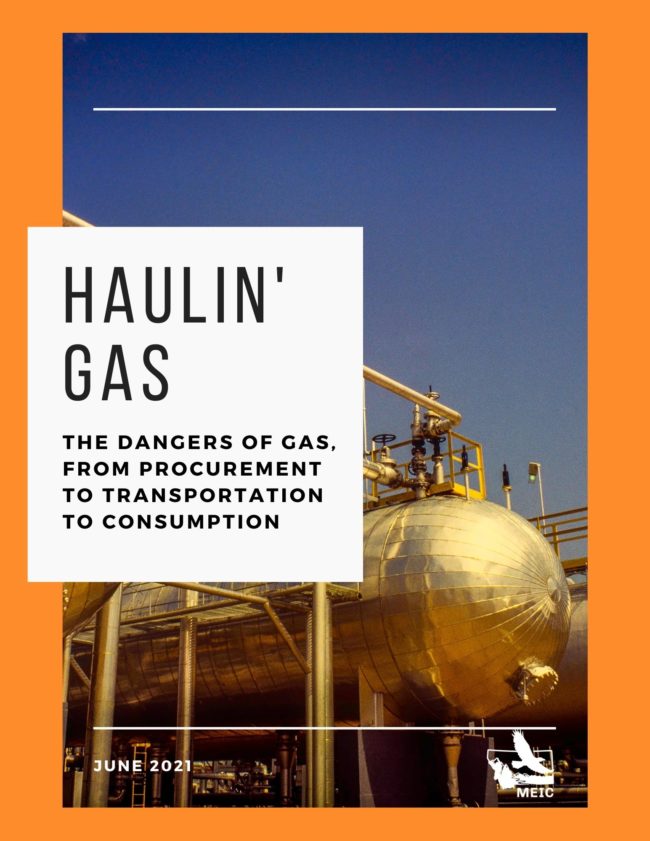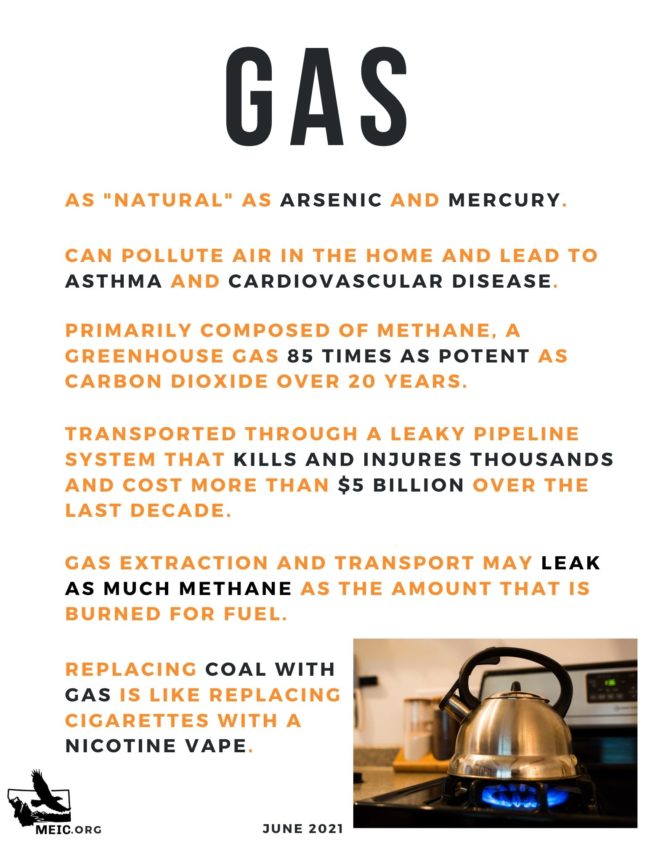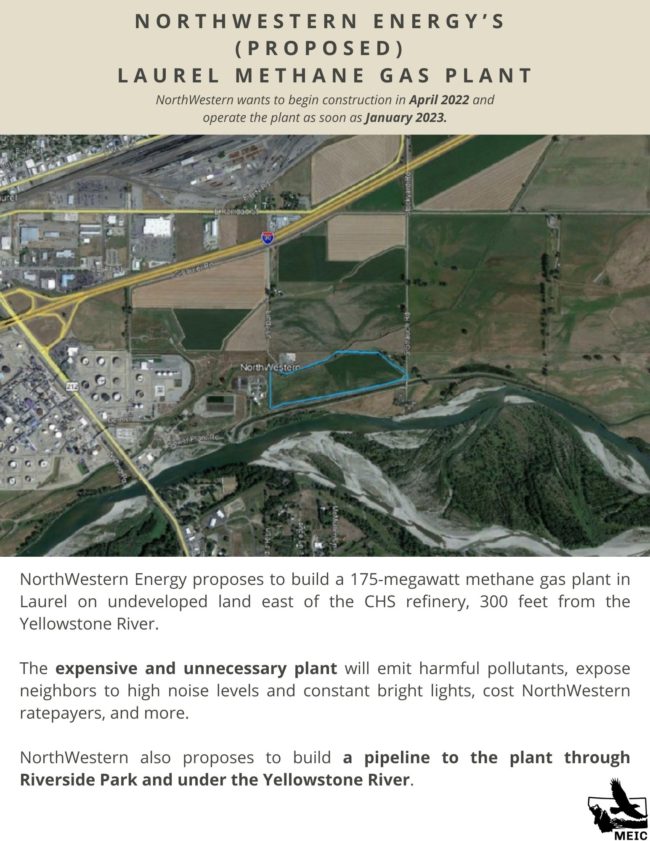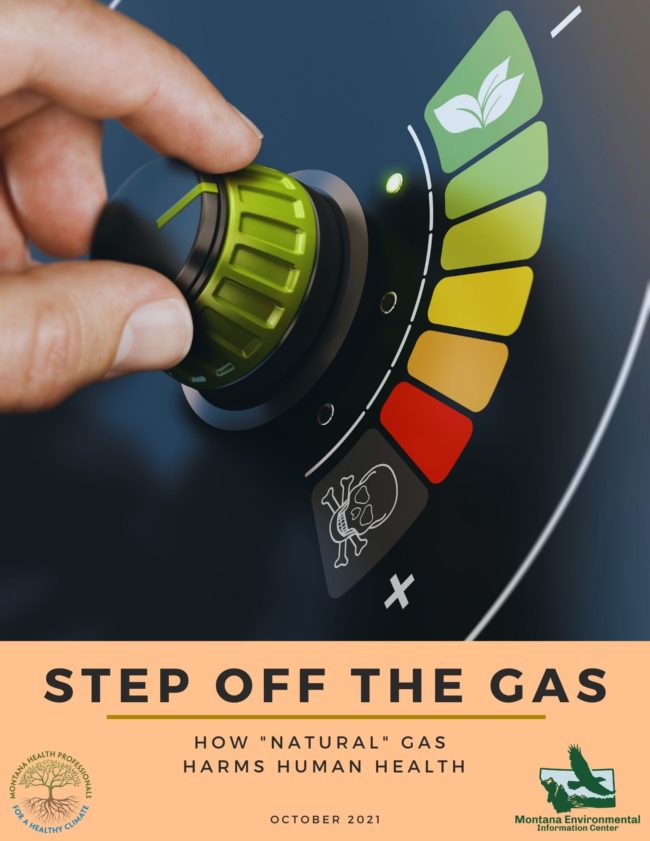Oil and Gas Pollution in Montana
Emissions from oil and gas pollution in Montana harms the air we breath and threatens our climate. A significant quantity of natural gas is lost during production of oil and gas due to leaks and faulty operational procedures.
Wasted gas could easily be captured with best practices and requiring pipeline infrastructure. Such a practice would increase energy available to consumers, reduce greenhouse gas emissions, and increase royalty payments for oil and gas produced on public lands.
Wasting Resources and Increasing Emissions
The loss of natural gas through venting (releasing into our atmosphere) and flaring (burning) generally occurs throughout the entire production phase. In general, flaring emits CO2, while venting releases methane, both of which are greenhouse gases. Estimates of the quantity of natural gas vented and flared range as high as 5% of total natural gas production in the Rocky Mountain West. Of special concern is the release of methane, an extremely potent greenhouse gas that is heavily associated with shale formations.
The oil and gas industry is riddled with pervasive methane leaks, from fracking fuels out of the earth, to transporting them via pipelines, to storing them in above and underground tanks, to processing them at petroleum refineries. In 2023, the MEIC team got to see this undocumented pollution with help from our friends at Earthworks and a special, very expensive camera.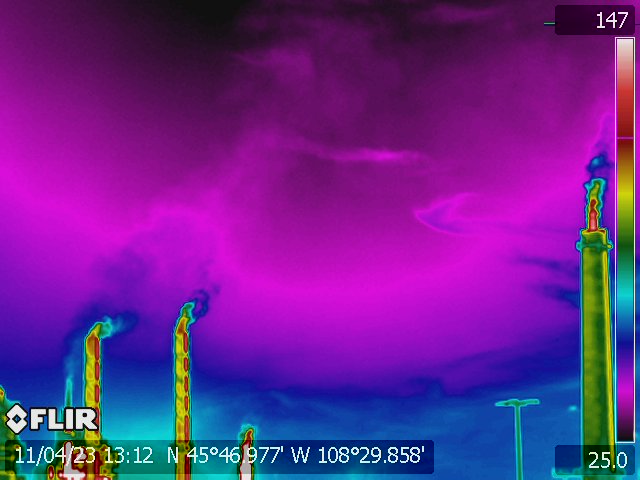
The Forward Looking InfraRed (FLIR) camera uses technology capable of detecting volatile organic compounds (VOCs), including known carcinogens such as benzene, and greenhouse gases such as methane. This camera was specially attuned to methane and similar VOCs, explicitly excluding visual capture of CO2 emissions. The FLIR camera captures the unique signature of VOC infrared radiation to identify emissions from incomplete flaring, gas leaks on pipelines and storage tanks, routine oil and gas processing operations, faulty equipment, accidents, and intentional releases by operators. Earthworks’ FLIR camera is specially equipped with a telephoto lens that documents this pollution that is otherwise invisible to the human eye.
Derf Johnson and Nick Fitzmaurice traveled to Billings with Earthworks’ Andrew Klooster and Bonnie Gestring to see for themselves the invisible pollution emanating from three refineries located on the banks of the Yellowstone River in and immediately around Billings: the Par Montana Refinery, located in Lockwood directly opposite a residential community on a bluff overlooking the Yellowstone; CHS Refinery located just upstream of NorthWestern’s still-unapproved Yellowstone County Generating Station methane plant and adjacent to a low-income community in Laurel, and Phillips 66 Refinery, located directly in downtown Billings.
This FLIR imaging shows that pollution is present, but the quantitative volume and exact composition are unknown – the Montana Department of Environmental Quality (DEQ) does not measure or account for these invisible emissions. Yet, DEQ just renewed Phillips 66’s air quality permit in 2023. That’s like approving a highway expansion without checking a map to see what environments and communities will be paved over.
Methane gas is over 80 times more potent than carbon dioxide (CO2) at trapping heat in the atmosphere over a 20-year period, while the impacts of methane on human health are significant and well-documented. In January, the Environmental Protection Agency (EPA) dubbed methane a “super pollutant” and proposed a new rule to reduce wasteful methane emissions from oil and gas operations. These rules follow a previous set of methane regulations that the agency finalized in December of last year.
VOCs are well-documented to cause eye, nose, and throat irritation; headaches, loss of coordination and nausea; and damage to liver, kidney, and central nervous system. Some are suspected or known to cause cancer in humans and animals.
Reducing Emissions through Available Technologies
The Government Accountability Office, at the request of Congress, has thoroughly analyzed the issue of natural gas waste on federal lands as well as the opportunities to capture the gas. Their findings were shocking: of the gas wasted in venting and flaring, up to 40% may be capture through new technologies and alternative production procedures.
The EPA has identified several technologies that are technically and economically feasible, but have not yet been broadly implemented in the industry. These include “reduced emission” drilling equipment, utilizing “plunger lift” systems to capture gas during production, installing “vapor recovery units” during storage, and installing pneumatic devices at all stages of production.
Methane Gas in the Home
 The Clean Air Act is an essential federal policy that regulates all sources of outdoor air emissions. However, there is no Clean Air Act for indoor emissions, leaving indoor air quality largely unregulated and often more polluted than air outside the home. Toxic emissions emanate from leaking gas lines and appliances, lingering with poor ventilation – even your scented candles can contribute to unhealthy indoor air quality. The health impacts are magnified by the fact that we sleep and spend a lot of waking hours in our homes.
The Clean Air Act is an essential federal policy that regulates all sources of outdoor air emissions. However, there is no Clean Air Act for indoor emissions, leaving indoor air quality largely unregulated and often more polluted than air outside the home. Toxic emissions emanate from leaking gas lines and appliances, lingering with poor ventilation – even your scented candles can contribute to unhealthy indoor air quality. The health impacts are magnified by the fact that we sleep and spend a lot of waking hours in our homes.
Specifically, there is well-documented information on the pollution and associated health risks from gas stoves – even when turned off – including higher risks of childhood asthma. Beyond Toxics, an Oregon-based nonprofit, used a similar FLIR camera in conjunction with quantitative air quality monitors to capture this pollution leakage from indoor gas stoves in residential homes.
Significantly, they found that 82% of homes registered chronically hazardous levels of nitrogen dioxide as a result of methane combustion, a serious risk for vulnerable populations. Nitrogen dioxide and an assortment of VOCs were documented as being produced by gas stoves and then spreading beyond the kitchen throughout homes, including in dining rooms, ground floor rooms, and upper floors. In almost all cases, built-in stove ventilation was inadequate to protect occupants from these emissions.
What Can You Do?
As we learn more about the dangers of methane and related VOCs, it’s clear that we need to take steps to address the associated climate and health risks.
At the state level, we need to push DEQ for more stringent monitoring of these emissions at petroleum refineries, taking measures to hold the refineries accountable for the pollution they’re pumping into the air. Refineries must regularly renew their air quality permits, and MEIC will let you know when it’s time to speak up.
In your home, transition away from gas cooking and heating appliances if you are able. Some members of the MEIC team have adopted induction stoves in their homes and highly recommend them as an efficient and high-performance cooking alternative. Don’t forget to research state and federal incentives for electrifying your home, such as an up to $840 rebate on the purchase of a new electric stove, cooktop, range, or oven as part of the Inflation Reduction Act’s Home Electrification and Appliance Rebate Program. Montana DEQ will administer this program, slated to roll out sometime this year.
If you are unable to invest in a new appliance at this time, Beyond Toxics recommends increasing ventilation to help dissipate toxic emissions, and a counter-top induction hotplate can be an effective and affordable short-term alternative to using your gas range stove.
Watch videos:
Don’t Fall for Gas – the truth about gas with MHPHC and MEIC – September 16, 2021.
Don’t Fall for Gas: NorthWestern Energy’s proposed methane gas plant in Laurel – October 21, 2021.
Read and download fact sheets to learn more:
Stay Connected
P: (406) 443-2520
E: meic@meic.org
324 Fuller Ave, #C-8
Helena, MT 59601
Mailing addresses:
P.O. Box 1184, Helena, MT, 59624
225 W. Front, Missoula, MT, 59802

